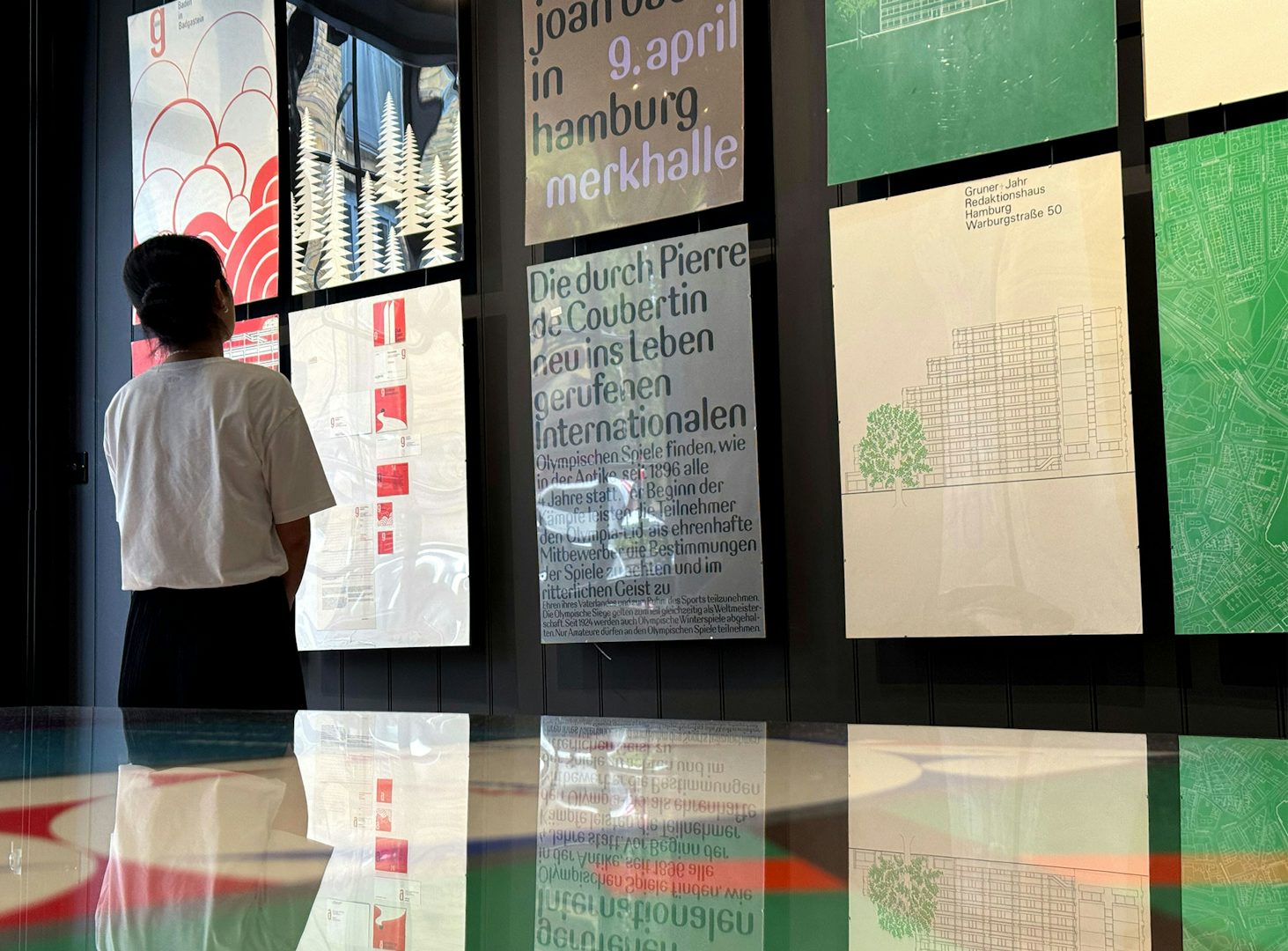Otl Aicher and the art of keeping an archive alive
For Benji Wiedemann, being entrusted with his design hero’s legacy isn’t just a dream come true, it’s a chance to share it with the world
When Otl Aicher died in 1991, he left behind a formidable legacy in graphic design – and with it, a vast archive of original artworks, prints and other materials, much of which had never been seen by the public. Now, more than three decades later, part of that archive has made its way to London, where Benji Wiedemann, executive creative director and co-founder at brand consultancy Wiedemann Lampe, is determined to keep it alive.
Best known for designing the visual identity for the 1972 Summer Olympics in Munich, Aicher in many ways set the standard for modern information design. His striking colour systems and radically modern pictograms became the template for wayfinding systems across the world, while his corporate identities and custom typefaces influenced generations of designers.
The story of how the Aicher archive travelled from southern Germany to London is one of personal connection. Aicher’s studio and residence, which he named Rotis after a nearby hamlet in Ravensburg (a name he would later repurpose for the font family he created in 1988), remained in family hands after his death. His sons Florian and Julian inherited the space, along with the responsibility of safeguarding the work that filled its drawers and cupboards.





